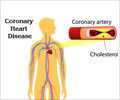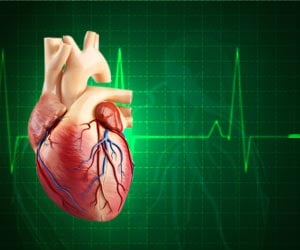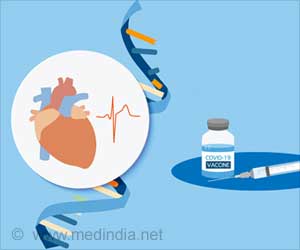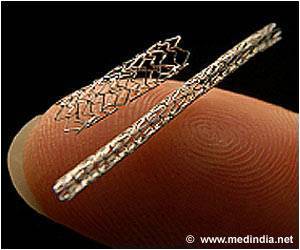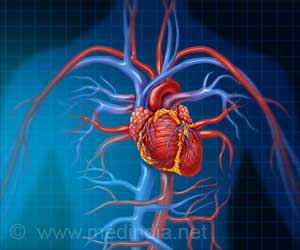Did you know that heart attacks can give you mathematics? That statement appears on the web site of James Keener, who works in the mathematics of cardiology.
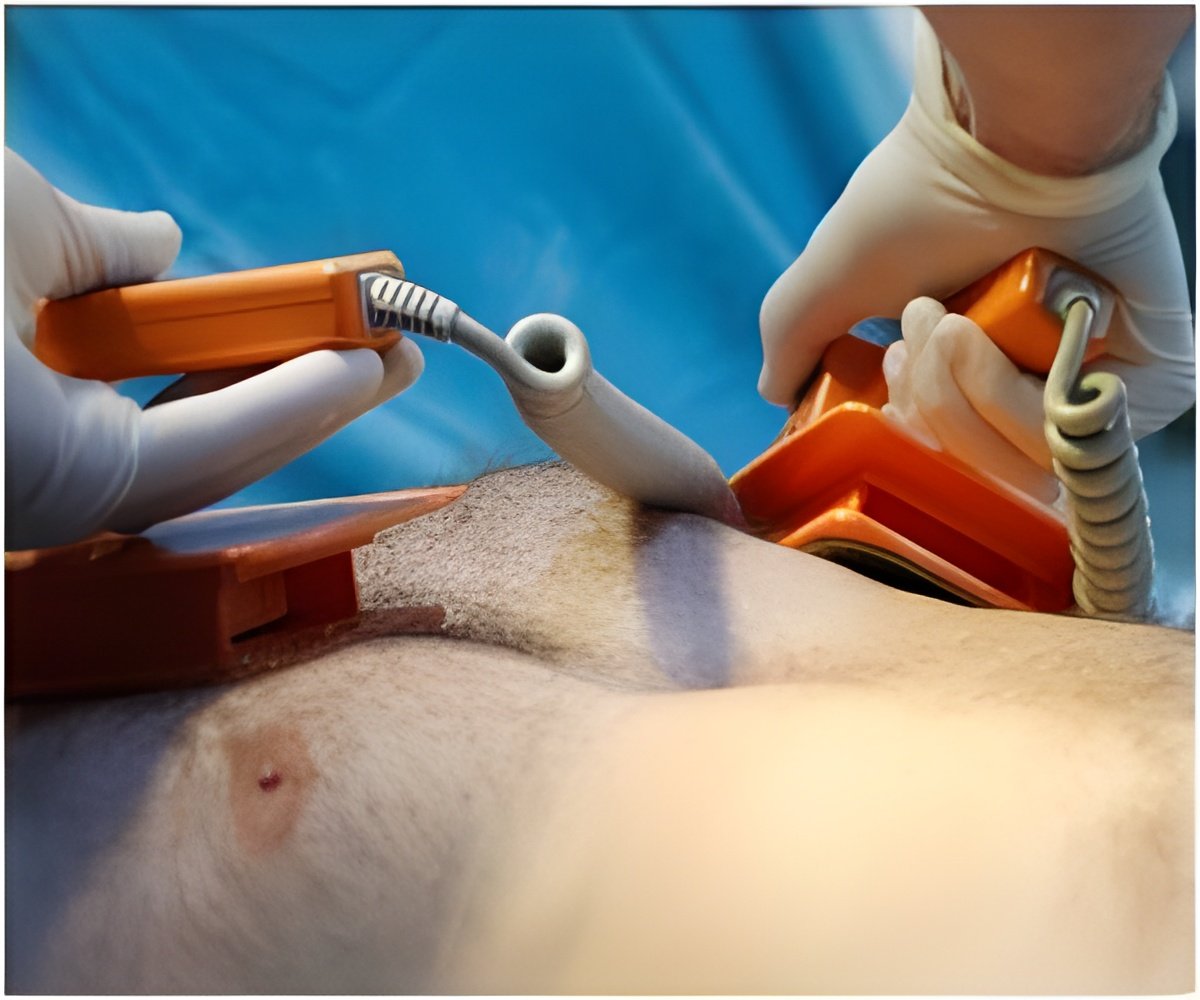
Taking the Nobel Prize-winning work of Hodgkin and Huxley as astarting point, researchers have created mathematical models of thecardiac action potential by viewing the cardiac cell membrane as anelectrical circuit. A major challenge that Cain identifies is striking a balance between feasiblity and complexity: Minimize complications in the model, so that it is amenable to mathematicalanalysis, but add sufficient detail, so that the model reproduces asmuch clinically relevant data as possible. The equations that govern the model---nonlinear partial differential equations---cannot be solved explicitly, and solutions must be obtained through approximation by numerical methods. Adding further complications are the intricate geometry of the heart, with its four chambers andconnections to veins and arteries, and the fact that different typesof cardiac tissue have different conduction properties.
Cain goes on to discuss various cardiac phenomena and the mathematics that can be used to describe them. One example is heart rhythm: The regular, coordinated contraction of the heart muscle that pumps blood through the body. Improving the understanding and treatment of irregularities in that rhythm is critical in the fight against heart disease.
A healthy heart does not beat in a perfectly regular pattern; in fact, such a pattern would be a sign of potentially serious pathologies.The body's autonomic nervous system uses neurotransmitters to speed up or slow down the heart, and tiny fluctuations in those substances induce variability in the intervals between consecutive beats. The RR interval is the interval between consecutive heartbeats measured in an ECG. Attempts to quantify heart rate variability (HRV) usually involve analyzing time series of RR intervals.
Unfortunately, some ways of analyzing RR time series give the same results for patients with healthy hearts and for those with fatal cardiac abnormalities. One challenge for mathematicians and statisticians is to devise quantitative methods for distinguishing between the RR time series of people with healthy hearts and the RR time series of those with cardiac pathologies. Cain asks: Can some pathologies be diagnosed solely by analysis of RR time series and, if so, which ones? To spot subtle pathologies, methods are needed for quantifying the "regularity" of a cardiac rhythm. Also, given the existing array of diagnostic tests that clinicians have at their disposal, there could be advantages in the use of "automated" mathematical/statistical methods.
 MEDINDIA
MEDINDIA

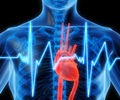


 Email
Email



